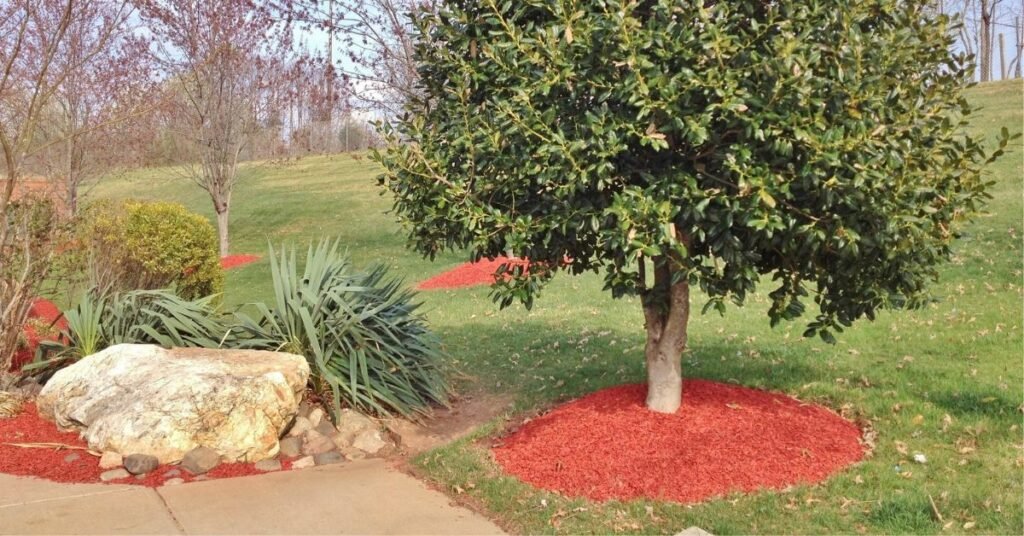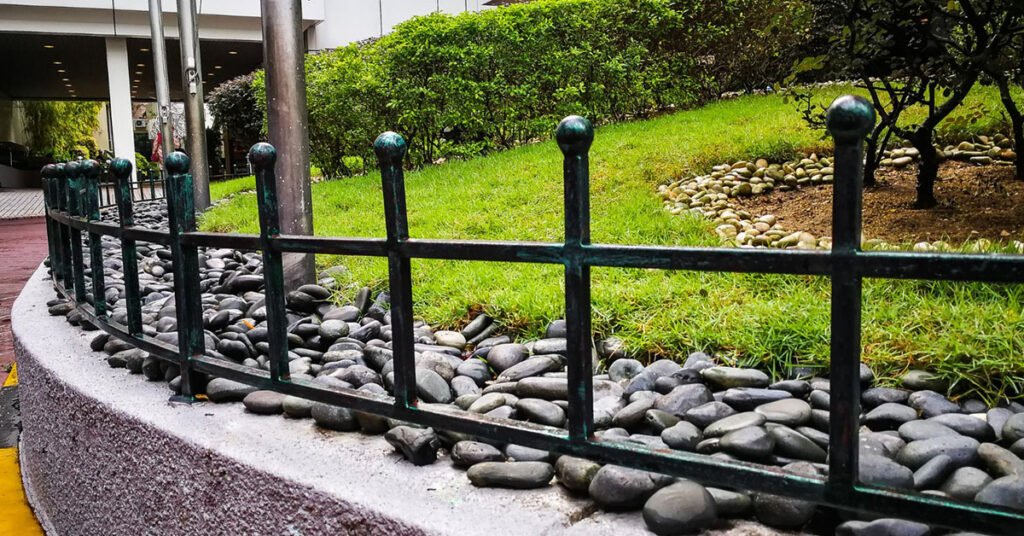Landscaping around trees isn’t just about adding visual appeal to your outdoor space; it’s also about nurturing the health of your trees and creating a harmonious environment. Whether you’re new to the landscaping industry or looking to refine your skills, mastering the art of tree-centric landscaping can elevate your projects to new heights. In this comprehensive guide, we’ll explore how to landscape around trees. Let’s get started.
1. Choosing the Right Trees for Landscaping
The first step in landscaping around trees is selecting the right trees themselves. Consider the purpose you want the tree to serve—whether it’s providing shade, adding seasonal color with blossoms or foliage, or enhancing privacy. Choose trees that are suited to your climate and soil conditions to ensure they thrive in their environment.
2. Assessing the Site and Tree Conditions
Before diving into landscaping, assess the site and the condition of the tree itself. Take note of soil quality, drainage patterns, and sunlight exposure. Understanding these factors will help you choose the appropriate plants and design elements that complement the tree’s natural features.
3. Designing the Landscape Around Trees
Designing around trees requires careful planning to achieve a balanced and aesthetically pleasing outcome. Start by considering the tree as the focal point and build your design around it. Use principles of balance and scale to ensure that new plantings and hardscape elements harmonize with the tree’s size and shape.
Introduce layers of planting beds, incorporating a mix of shrubs, flowers, and ground covers. This diversity not only adds visual interest but also supports biodiversity and ecosystem health.
4. Planting and Mulching Techniques
When planting around trees, ensure you don’t disturb the tree’s root system. Use a gentle hand to plant new additions, and avoid compacting the soil. Proper mulching is essential to retain moisture, regulate soil temperature, and suppress weed growth. Apply mulch in a donut shape around the tree, keeping it away from the trunk to prevent moisture-related issues.
5. Maintaining Tree Health
Regular maintenance is crucial for the long-term health of both the tree and its surrounding landscape. Prune trees as needed to remove dead or diseased branches, promoting airflow and light penetration. Fertilize the soil around the tree to replenish essential nutrients, and monitor for pests and diseases to address issues promptly.
6. Sustainable Practices in Tree Landscaping
Incorporate sustainable practices into your tree landscaping efforts. Choose native plants that are adapted to local conditions, reducing the need for water and chemical inputs. Implement water-efficient irrigation systems and consider using organic mulches to improve soil health naturally.
7. Case Studies and Examples
Explore real-world examples of successful tree landscaping projects. From urban parks to residential gardens, these case studies demonstrate how thoughtful design and meticulous care can transform outdoor spaces into thriving landscapes.
Read More: How To Landscape Backyard?
Conclusion
Landscaping around trees offers endless opportunities to enhance outdoor spaces while supporting ecological balance. By choosing the right trees, designing with purpose, and maintaining sustainable practices, you can create landscapes that are not only beautiful but also resilient and healthy.



